Currencies Update 7th of September – Forex Trading Tips
There is no trade call for the session as it is a US and Canadian Bank Holiday. As usual for Monday I prepared the currencies update in order to keep you up-to-date with the market changes.
Currencies Update:
USD: The greenback remains the strongest currency in the longer term as the market currently expects the Fed to raise rates in late 2015. The FOMC wants to see a further improvement in jobs and be reasonably confident about inflation tracking towards 2% before increasing the fed funds target rate for the first time in nearly a decade. Core CPI is steady at 1.8% which is just under the Fed’s 2% target. Recent falls in commodity prices and weakening demand from China are causing a lowering of inflation expectations, which has prompted a risk-off mode and a selloff in equity markets. This market turmoil is likely to diminish the Fed’s confidence to raise rates in September.
EUR: The currency remains weak medium term due to the quantitative easing program that is underway and expected to continue for at least another 12-18 months. Inflation and growth readings in recent months have failed to show that the economy is recovering at a reasonable rate. Further, the ECB has downgraded their GDP and CPI forecasts and have highlighted the downside risks to inflation. The ECB maintains its dovish stance which keeps pressure on the euro. The euro can however strengthen in the short-term due to unwinding of short EURCNH carry trades which occurs when the yuan is allowed to depreciate, making the trade less attractive.
GBP: Sterling is a long-term bullish currency given expectations to raise rates in early-to-mid 2016. Recent job growth has been stellar and BOE comments have been hawkish. Annual Core CPI however remains below 1%. Sterling has seen severe weakness in recent weeks as a result of global growth concerns, weakening demand from China and lower oil prices, all putting downward pressure on inflation expectations and prompting the market to re-price the pound after its massive rally during the previous 12 months.
AUD: Despite solid jobs numbers and inflation close to target, Australia is beginning to feel the effects of lower commodities; recent GDP figures for Q2 missed estimates. Further a slowdown in China – a major importer of Australian minerals – puts negative pressure on the economic outlook. The RBA are on hold with an easing bias.
NZD: The Kiwi dollar is one of the most bearish currencies at present due to the easing cycle of the RBNZ. They have cut rates twice this year and are expected to cut again at the next meeting. How many more cuts will depend on dairy prices which comprise a large proportion of New Zealand’s exports. The currency will remain pressured heading into the next rate decision in September and fair value against the greenback is likely to be around 60 cents by year’s end. The market currently expects another rate cut in September with approximately 94% probability. Some banks see several more cuts in coming quarters.
CAD: The BOC is within an easing cycle and there is a small chance of them cutting again in September. The Canadian economy relies heavily on crude oil exports and the steep decline in WTI has a negative impact on Canada.
JPY: The yen remains bearish medium term due to QQE. The BOJ have revised down their forecasts for CPI in coming years and their next move may include an adjustment to their inflation goal and stimulus program. CPI and BOJ inflation forecasts should be watched carefully for indications that the current stimulus will be increased. Thus far the BOJ maintains that the 2% target will be met by mid-16. We remain on the lookout for hints of further easing. Recent global growth concerns and uncertainty have seen the JPY strengthen on safe-haven demand. While the bigger fundamental picture has not changed, it is difficult to tell how long this current market sentiment can last.
CHF: The franc is fundamentally a weaker currency given the SNB’s negative interest rates, however it can suddenly rally on safe-haven flows. The SNB regularly recite that the franc is overvalued and they are prepared to intervene to weaken the currency.
The post Currencies Update 7th of September – Forex Trading Tips appeared first on Jarratt Davis.
Source:: Currencies Update 7th of September – Forex Trading Tips



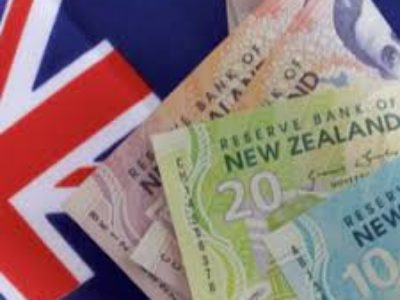
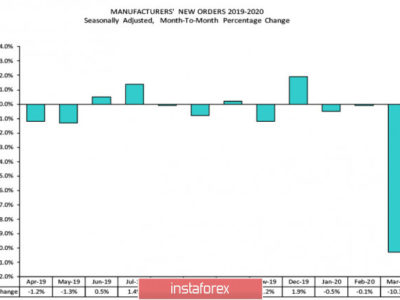
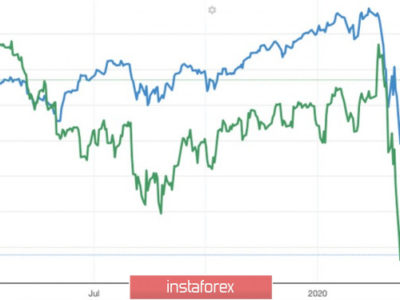
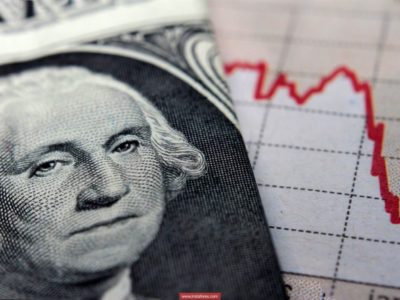
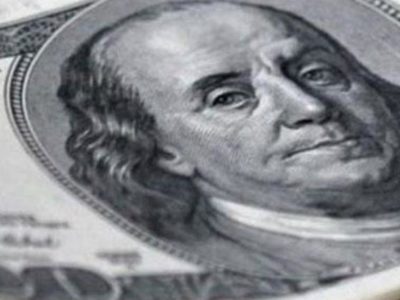





Very useful tip. Please share more tips about forex trading. This blog is very useful for newbie forex traders like me.